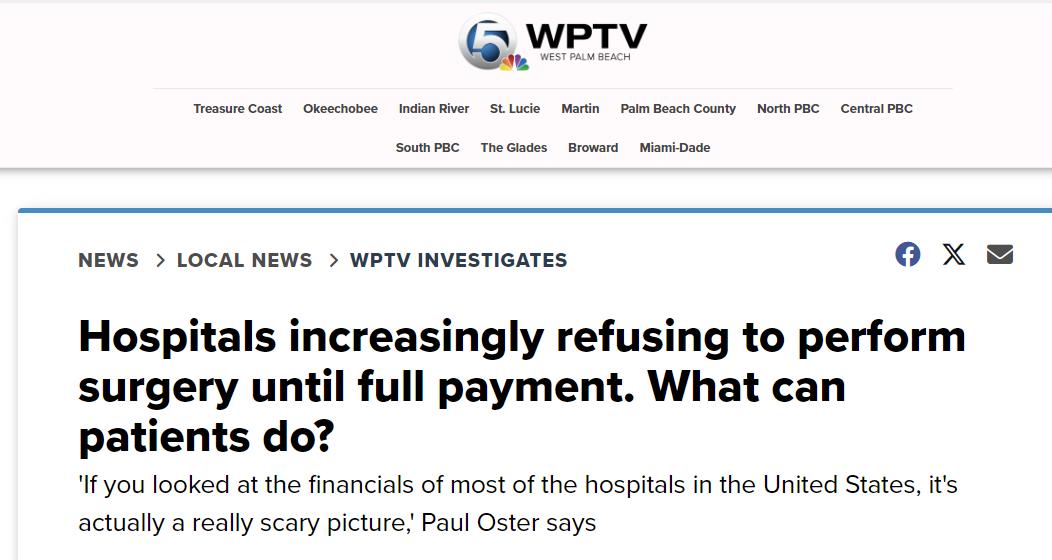
Some hospitals and surgery centers are now requiring patients to pay upfront for surgeries. According to a recent report by the Wall Street Journal, this practice has become more common, with facilities refusing to perform surgery until they receive full payment. While this approach may allow patients to know the cost ahead of time and potentially shop around, it can be challenging for those who cannot afford unexpected medical bills. Approximately half of adults would be unable to pay a $500 medical bill in full without going into debt. As a result, many individuals must borrow the necessary funds to cover these upfront costs.
To mitigate this, experts recommend prioritizing medical savings, whether through health savings accounts or personal savings. It’s essential for consumers to be proactive and plan for potential medical expenses. Remember that financial challenges in healthcare affect many people, and seeking assistance or exploring payment options is crucial during these inflationary times
- Advance Payment Trend: Hospitals and surgery centers are increasingly demanding patients pay in advance for surgeries and medical procedures. This practice helps facilities avoid chasing patients for payment after the fact.
- Distressing Impact: While advance billing streamlines administrative processes, it can be distressing for patients who must come up with thousands of dollars while dealing with serious health conditions. Some patients have been forced to postpone procedures due to financial constraints.
- Types of Procedures: Hospitals seek prepayments for various procedures, including knee replacements, CT scans, and births.
- Patient Experience: Heather Miconi, whose daughter needs adenoid and tonsil surgery, faced this challenge. Her insurance wouldn’t cover the cost due to a high deductible, and she had to appeal for help through a GoFundMe campaign.
- Statistics: Approximately 23% of what patients owe is collected by hospitals before treatment, according to recent data. This figure has increased from 20% in the same period last year1.
- Mitigating Strategies: Patients should explore available no-cost financing options, verify insurance coverage, and understand potential out-of-pocket costs